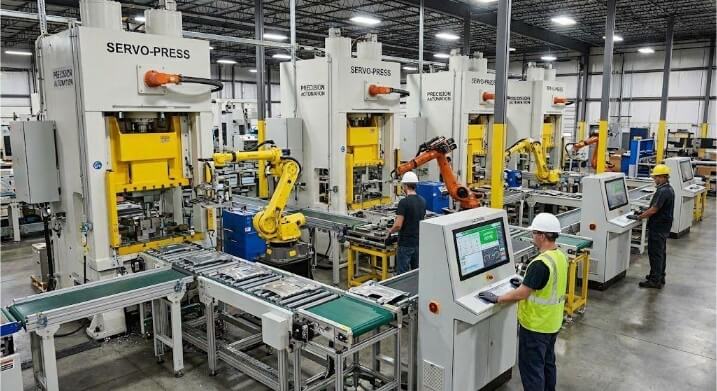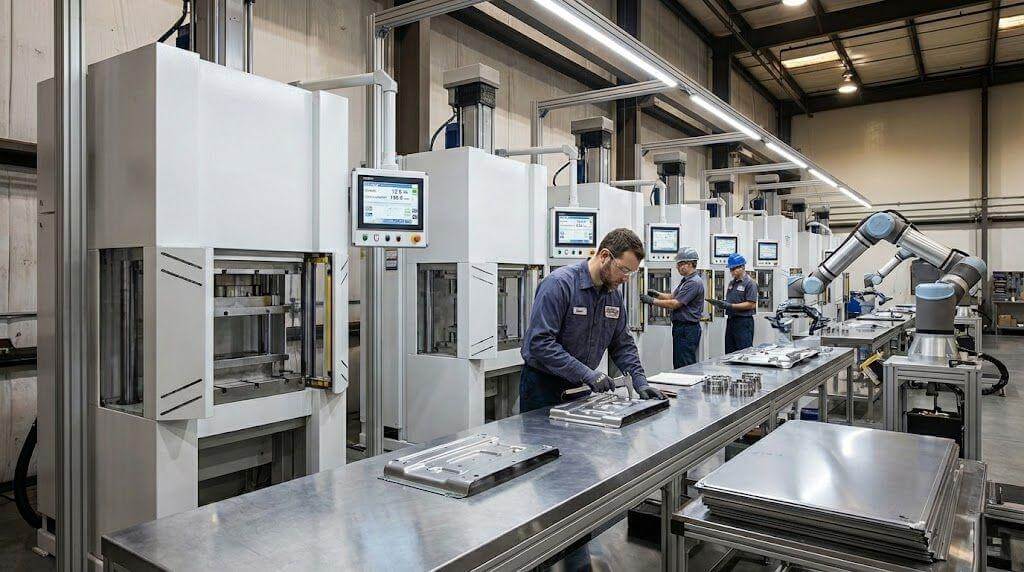In manufacturing, achieving the right finish on metal parts is crucial. A poor finish can lead to corrosion, wear, and aesthetic issues that compromise product integrity. Black oxide finish is a popular choice for many applications because it enhances corrosion resistance, reduces glare, and improves appearance. It’s a conversion coating that provides a sleek, black surface on steel, copper, and other metals.
Want to explore how black oxide can transform your metal components? Let’s break down everything from the process details to real-world applications.
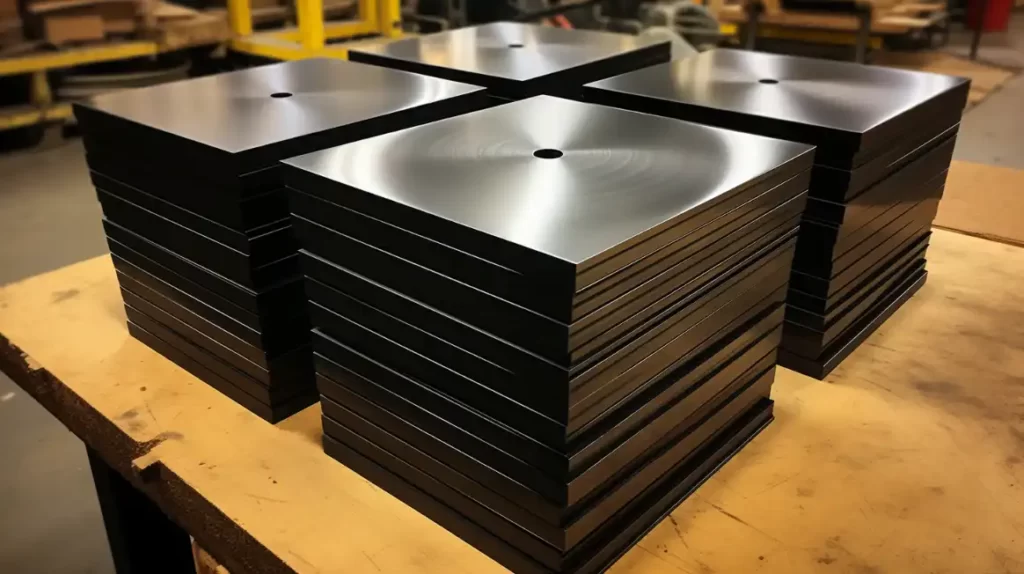
What is Black Oxide Finish?
Black oxide finish, or blackening or oxidizing, is a chemical conversion coating primarily applied to ferrous metals. The process involves treating the metal with an alkaline solution containing oxidizing salts, which reacts with the surface to create a thin layer of black iron oxide (Fe3O4).
This conversion does not significantly increase the part’s thickness, making it ideal for precision applications where tolerances are critical.
The Process of Creating Black Oxide Finish
Creating a black oxide coating involves well-defined steps that ensure the metal surface achieves the desired durability and aesthetic appeal. This process is crucial for industries that require high-performance components.
How to Black Oxide Finish:Step-by-Step
Step 1:Surface Cleaning
The first step involves thoroughly cleaning the metal parts to remove grease, dirt, or oxidation. This can be achieved using alkaline detergents or solvents.
Step 2:Rinsing
After cleaning, the parts are rinsed with distilled water to eliminate any cleaning residues.
Step 3:Pickling (if necessary)
For parts with rust or scale, an acidic solution is used to remove these contaminants.
Step 4:Activation
The cleaned parts are dipped in an alkaline solution to prepare the surface for blackening.
Step 5:Blackening
The metal parts are immersed in a hot alkaline solution containing sodium hydroxide and sodium nitrate, where a chemical reaction forms a black oxide layer on the surface.
Step 6:Rinsing Again
After achieving the desired blackening, the parts are rinsed to remove excess chemicals.
Step 7:Sealing
Finally, a sealant such as oil or wax is applied to enhance corrosion resistance and protect the finish.
Types of Materials Suitable for Black Oxide Coating
Black oxide finishing is primarily suitable for ferrous metals, but it can also be applied to other materials:
- Steel: Most commonly used due to its excellent compatibility.
- Stainless Steel: Requires specific formulations for effective treatment.
- Copper and Brass: Can be treated but may require different chemical solutions.
- Aluminum: Less common but achievable with appropriate processes.
Chemical Reactions Involved in Black Oxide Treatment
The black oxide treatment primarily involves the formation of magnetite (Fe3O4) through a chemical reaction between the metal surface and the oxidizing agents in the solution. The key responses include:
- The oxidation of iron in the presence of sodium hydroxide and sodium nitrate leads to the formation of magnetite.
- This conversion creates a dense, black oxide layer that adheres well to the substrate.
Temperature and Time Requirements for Optimal Results
The effectiveness of the black oxide process is highly dependent on temperature and immersion time:
- Hot Black Oxide Process: Typically operates at temperatures between 275°F to 310°F (135°C to 154°C). Immersion times can range from 5 to 30 minutes, depending on the desired thickness of the oxide layer.
- Mid-Temperature Process: Generally conducted at lower temperatures (around 200°F to 210°F), requiring longer immersion times compared to hot processes.
- Cold Black Oxide Process: Performed at room temperature (65°F to 85°F), this method is less effective but suitable for quick applications where high durability is not critical.
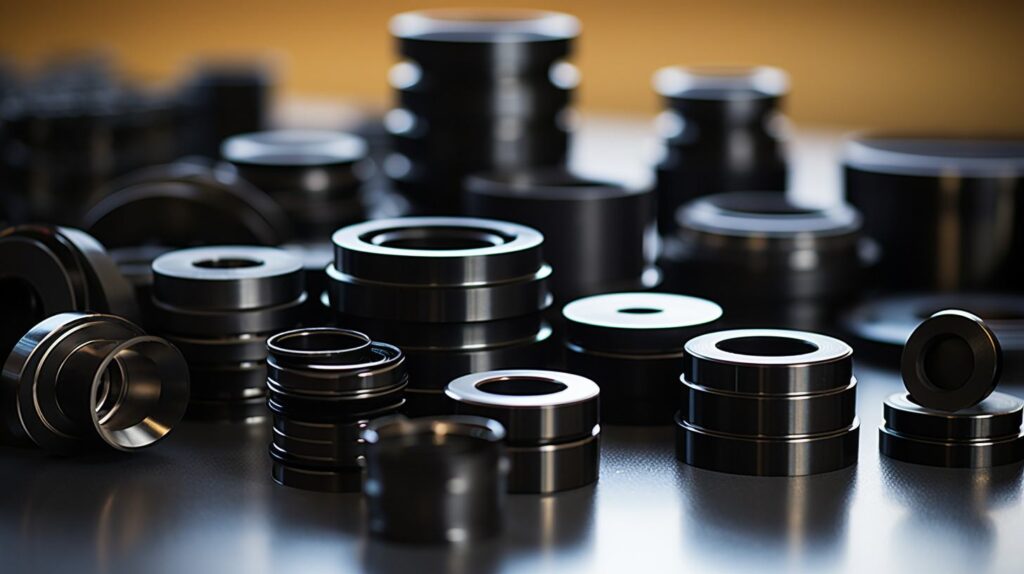
Benefits of Black Oxide Finish
Black oxide finish provides numerous advantages that enhance the performance and appearance of metal components. Here’s an overview of its key benefits.
Enhanced Aesthetic Appeal
The black oxide coating imparts a sleek, uniform black appearance to metal surfaces. The matte finish not only looks professional but can also be tailored to achieve either a glossy or matte look, depending on post-treatment sealants.
Corrosion Resistance and Protection
Blackening does not provide complete immunity to rust; the black oxide layer acts as a protective barrier against moisture and environmental factors when combined with sealants like oil or wax. This makes it suitable for components exposed to harsh conditions, enhancing their longevity.
Increased Wear Resistance and Durability
The black oxide coating increases the surface hardness of metals, making them more resistant to wear and abrasion. The durability provided by the finish helps extend the lifespan of these parts, making them ideal for high-stress applications.
Low Cost
Black oxide finishing is a cost-effective solution compared to other surface treatments like electroplating or powder coating. Its straightforward application process allows efficient large-scale production without significant investment in specialized equipment.
Minimises Light Reflection
The matte surface of the black oxide finish effectively minimizes light reflection and glare. By reducing glare, black oxide enhances control and precision during use.
High Lubricity
Black oxide finishes naturally retain oils and waxes better than untreated metal surfaces, improving lubricity. The enhanced lubricity helps minimize wear and tear on components, prolonging their service life.
Limitations of Black Oxide Finish
While the black oxide finish offers several advantages, it also has notable limitations that manufacturers should consider when selecting this coating for their applications.
Thin Layer
The black oxide coating is relatively thin, typically ranging from 0.5 to 2.5 microns. This thinness limits its protective capabilities, especially in high-wear environments where it may wear off over time.
Not Suitable for Extreme Environments
Black oxide provides some corrosion resistance but is not as durable in extreme conditions. Additional protective coatings may be necessary for components exposed to saltwater or aggressive chemicals.
Surface Preparation Requirements
Proper surface preparation is crucial for the quality of the black oxide finish. If the metal parts are not adequately cleaned, the finish may become uneven or prone to flaking.
Limited Metal Compatibility
Black oxide is primarily effective on ferrous metals like steel and iron. Non-ferrous metals such as aluminum and brass react poorly, often producing poor-quality finishes.
Black Oxide vs. Other Metal Finishes
Various methods are available for metal finishing. Here, we compare black oxide finishes with other popular metal finishes.
Comparing Black Oxide to Zinc Plating
Black oxide finish is primarily a decorative coating that provides mild corrosion resistance. It creates a thin layer that enhances appearance but offers limited protection against rust.
In contrast, zinc plating provides sacrificial corrosion protection. The zinc layer acts as a barrier, protecting the underlying metal even if scratched. While black oxide does not suffer from white corrosion like zinc plating can, it lacks the same level of rust resistance.
Therefore, zinc plating is often the better choice for outdoor applications or environments with high moisture exposure.
Differences Between Black Oxide and Anodizing
Black oxide is a chemical conversion coating applied primarily to steel and iron. It produces a thin protective layer that enhances aesthetics and offers mild corrosion resistance.
Anodizing involves an electrochemical process that creates a thicker oxide layer on aluminum. This process provides superior durability, wear resistance, and corrosion protection.
Anodized finishes are also more versatile in color options and can withstand harsher environments than black oxide coatings.
Black Oxide vs. Powder Coating: A Detailed Comparison
Powder coating is recognized for its durability and resistance to environmental factors, including moisture, UV light, and chemicals. It provides a thicker finish than black oxide and is available in various colors and textures.
While black oxide enhances appearance with a sleek matte finish, it offers only mild protection against corrosion and wear. In contrast, powder coating can be applied to a wider range of materials beyond metals.
However, black oxide is often preferred for precision parts where dimensional stability is crucial. It does not significantly alter the part’s size compared to powder coating.
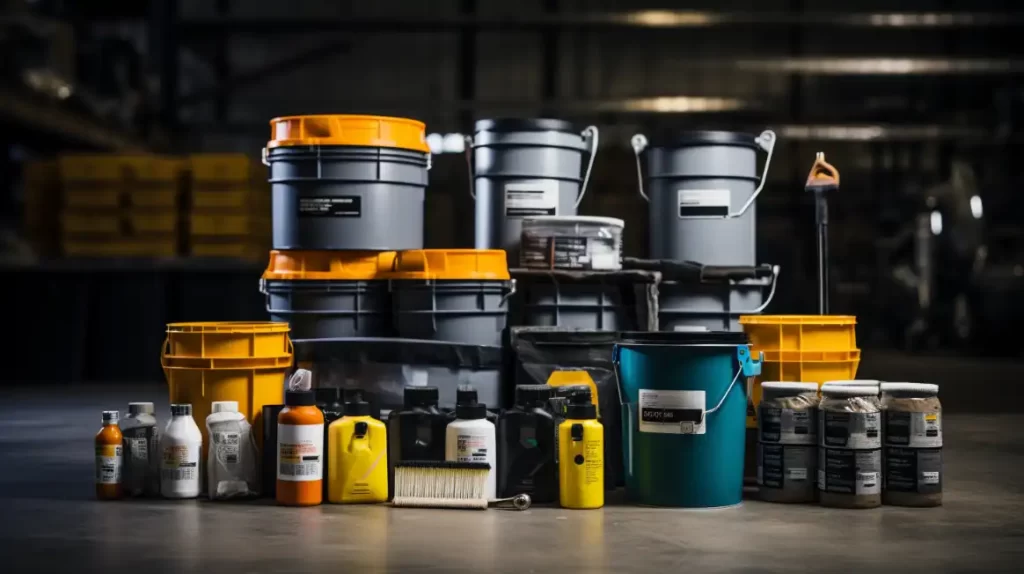
When Is Black Oxide Coating Used?
Due to its unique properties, black oxide coating is utilized in various industries and applications. Here are some common scenarios where black oxide coating is applied:
- Automotive Industry: Used for fasteners, brackets, gears, and engine components to enhance corrosion resistance and reduce friction.
- Aerospace Industry: Applied to precision components like bolts, screws, and pins that require corrosion resistance without compromising dimensional accuracy.
- Electronics Industry: Utilized connectors, housings, and circuit board components to improve conductivity and prevent corrosion.
- Medical Equipment: Employed in surgical instruments and devices to reduce light reflection and enhance durability.
- Tool Manufacturing: Commonly used on hand, cutting, and machinery parts to extend their lifespan and improve rust resistance.
- Firearms Industry: Known as “bluing,” it is used on gun barrels and receivers for corrosion protection and a non-reflective finish.
Conclusion
Black oxide finish offers numerous benefits, including enhanced aesthetics, corrosion resistance, and wear resistance. Its versatility suits various industries, from automotive to aerospace and electronics. While it has some limitations, its unique properties make it a valuable choice for many applications.
If you’re considering black oxide finishing for your next project or need more information, contact us today to discuss your specific requirements and receive a customized quote!
Hey, I'm Kevin Lee

For the past 10 years, I’ve been immersed in various forms of sheet metal fabrication, sharing cool insights here from my experiences across diverse workshops.
Get in touch

Kevin Lee
I have over ten years of professional experience in sheet metal fabrication, specializing in laser cutting, bending, welding, and surface treatment techniques. As the Technical Director at Shengen, I am committed to solving complex manufacturing challenges and driving innovation and quality in each project.

